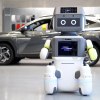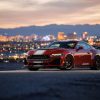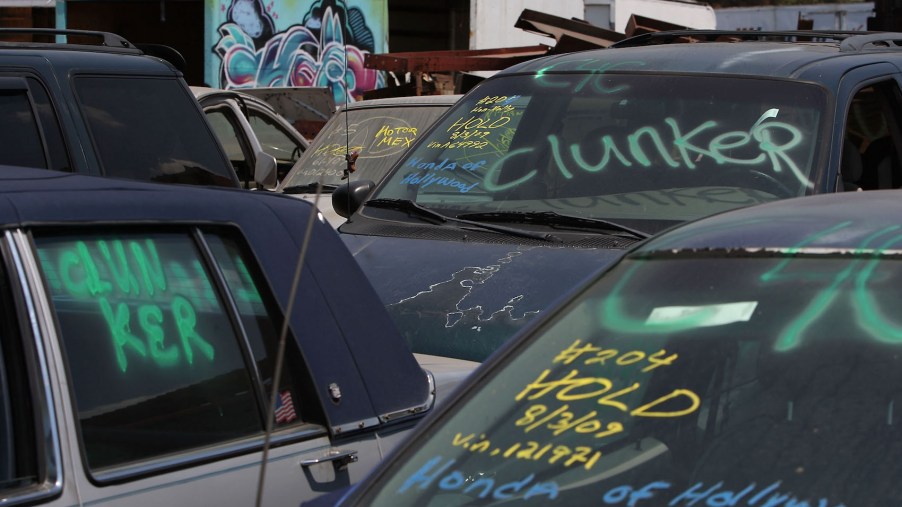
Do You Drive a ‘Superuser?’ Washington State Wants It Gone
Is this the Orwellian future we feared was coming? Washington state wants to get “Superusers” off the streets and into electric vehicles. What’s a Superuser? It is the small group of light-duty vehicles that consume a third of the gas of the entire light-duty segment. How will Washington do that? That’s what it is investigating right now.
What is a Superuser?
The term Superuser first appeared when Seattle environmental group Coltura coined it. This refers to about 10 percent of all light-duty vehicles that consume a third of the gas purchased by all light-duty trucks and SUVs combined. The U.S. Department of Transportation defines light-duty as cars, vans, SUVs, and pickups used for transportation of cargo or passengers with a GVWR of fewer than 10,000 lbs.
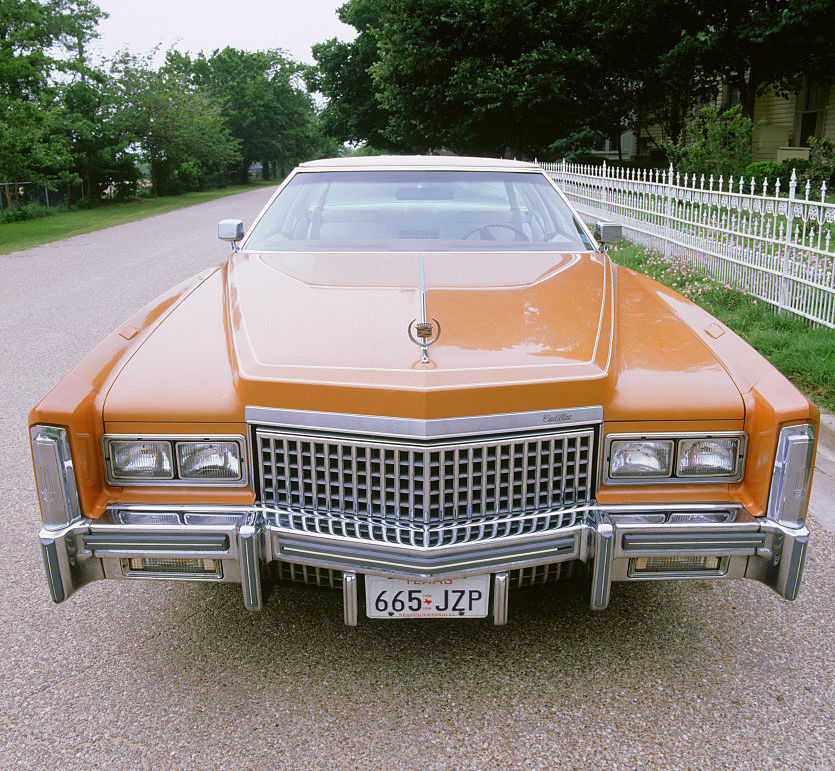
Since Washington wants to ban new gas-powered vehicle sales in the near future, this latest gambit seems to go hand-in-glove with that pursuit. But in virtually every case of these vehicles seeing more use, thus consuming more gas, it is a matter of necessity. If a commuter works far from his or her home, then they travel more miles. Granted, in those cases, it would be better to use a more gas-friendly vehicle. But not everyone has the luxury of affording two vehicles when one is enough.
So what the state is doing involves funding research to try and determine Superuser drivers’ behaviors and habits. In turn, this will give the state a better path to getting these drivers to switch to EVs. Washington has approved a $450,000 budget for the research.
Is Washington banning gas-powered cars?
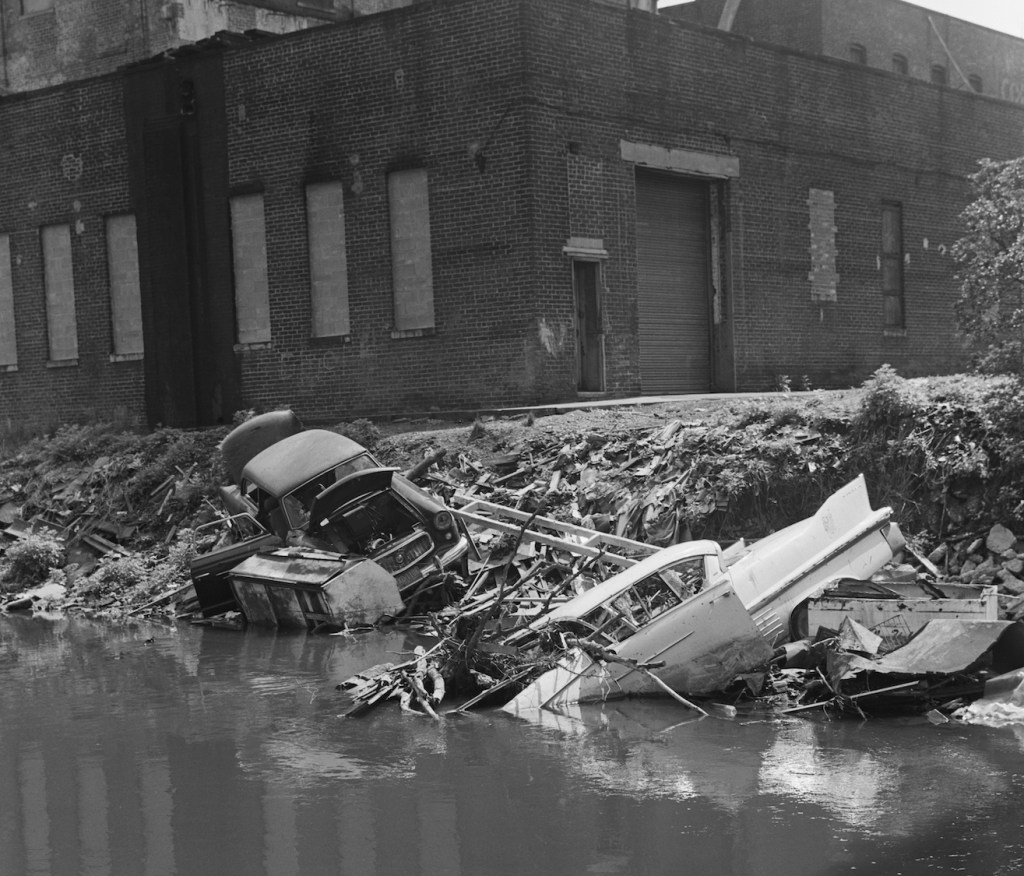
All of this falls on the heels of the state earlier this week seeking to ban the sale of all new gas-powered vehicles by 2030. Yes, the Clean Cars 2030 bill is only a Governor’s signature away from becoming law. The bill bans the sale, purchase, and registration of all new light-duty gas-powered vehicles starting in 2030. It does not ban the sale of new trucks used for business purposes. The bill approves $16 billion to goose along public and private EV adoption and infrastructure.
The study being conducted by Washington picks up where the 2017 National Household Travel Survey left off. This was conducted by the Federal Highway Administration, which surveyed 130,000 families. It found that of this group, there was a smaller Superusers group. Each Superuser household consumed at least 1,000 gallons of gas annually and traveled 30,000 miles or more.
Over 25 million are Superuser households
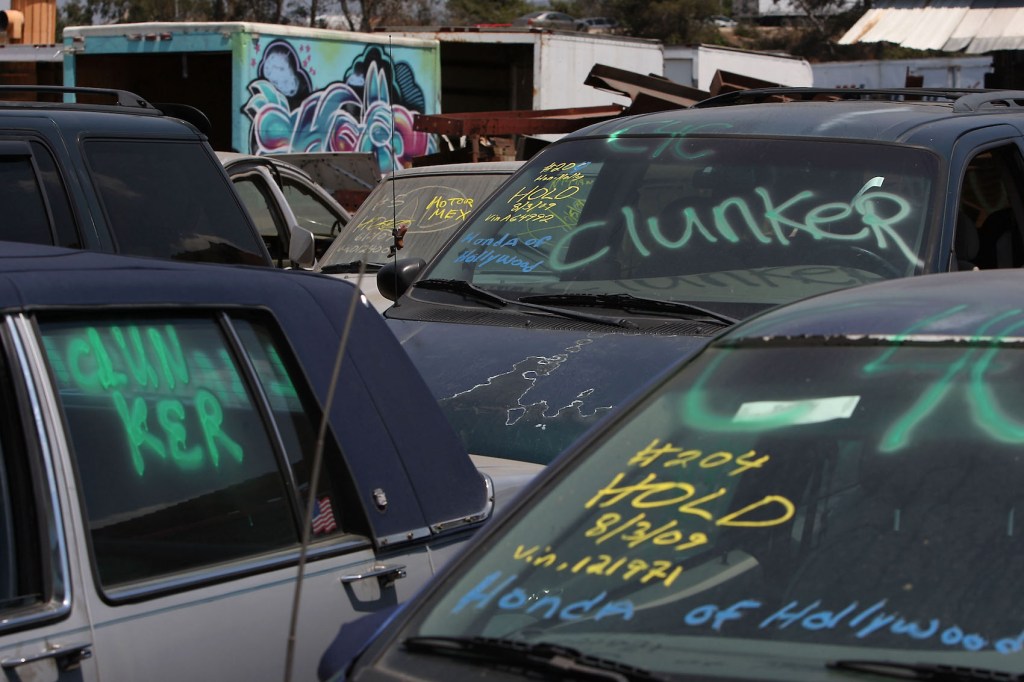
The FHA determined that there are over 25 million people who fall into the Superuser group. Washington’s plan is to find out where Supersuers live, the types of vehicles driven, what their monthly gasoline bills are, and how they could be enticed to switch to electrification.
The Seattle Times recently did a less extensive study. It found that most of these Superusers drove Ford F-150 trucks, and lived in more rural sections of the state. This group consisted of about seven percent of all drivers but consumed 25 percent of gasoline purchased in the state.
The results of the study will be on Governor Jay Ingleese’s desk in January 2023. Some think that this will lead to a tiered incentive program where Superusers would receive more state money for EV purchases. Sort of a Cash for Clunkers buyback program. As this is all in the early stages, we’ll keep an eye out for how it might change as it gets closer to 2030.

